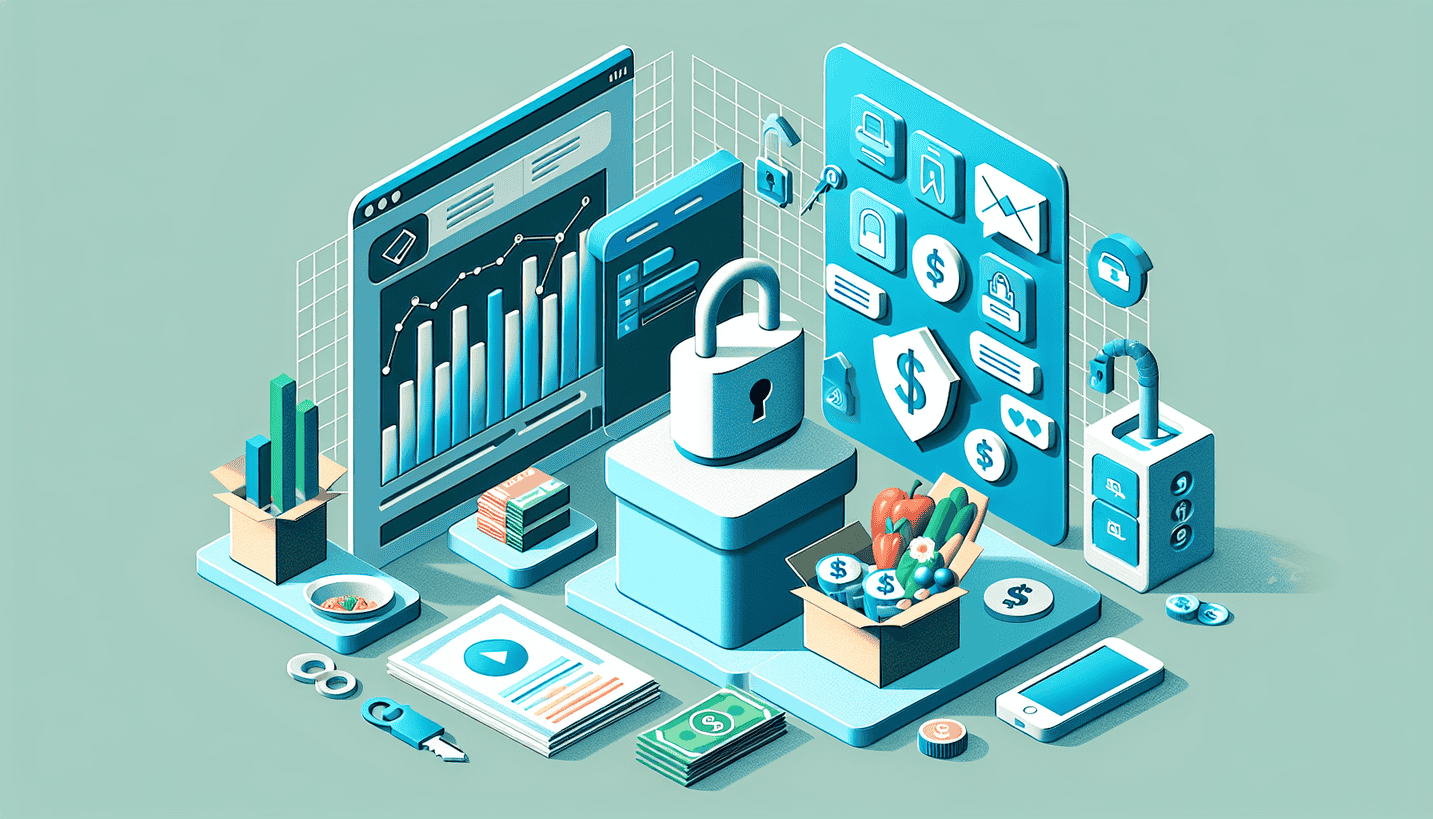Unlocking Subscription Success: The Hidden Perils and Profits!

1. Introduction: The Subscription Revolution
In recent years, the subscription business model has gained immense popularity, transforming various sectors ranging from entertainment to fitness. From streaming services like Netflix to subscription boxes like Birchbox, consumers are embracing the convenience of paying for access rather than ownership. This shift has spurred companies to reevaluate their revenue strategies and explore the strengths and weaknesses of the subscription model.
The purpose of this article is to dissect the subscription business model. We’ll delve into its pros and cons, shedding light on how businesses can navigate this landscape, unlocking the potential for sustainable growth while avoiding common pitfalls. So, whether you’re a budding entrepreneur or a seasoned business owner, understanding the intricacies of subscription models will be invaluable.
2. The Allure of Self-Service Sign-Up Flows

Self-service sign-up flows have emerged as a game-changer for subscription products, allowing customers to engage with the service without any upfront salesperson involvement. The benefits of this method are multifaceted and highly advantageous for startups.
The Good:
- Cost-Efficiency: By eliminating the need for a sales team, companies can allocate funds toward product development, enabling quicker market entry at lower costs.
- Broader Reach: With no barriers to entry, businesses can tap into a wider audience, attracting customers who may be hesitant to engage with a salesperson initially.
- Scalability: A self-service model supports scalability, as more customers can onboard effortlessly, leading to faster growth potential.
The Bad:
Yet, as with many things that glitter, there are hidden complexities. Without direct customer interactions, businesses often miss out on valuable feedback that insights gained via a sales team could provide. This may lead to:
- High User Churn: When customers leave without explanation, it becomes challenging to make necessary adjustments.
- Continuous Hiring Needs: To maintain product viability, businesses may need to hire specialized talent (engineers, designers, etc.) to refine user experience and streamline self-service.
3. The Power of Recurring Revenue

Nothing captures the essence of subscription models quite like the concept of recurring revenue. This structure yields predictable cash flows that can stabilize and grow businesses over time.
The Good:
- Predictability: This model enables companies to forecast their finances more accurately, making budgeting straightforward and reducing acquisition pressure.
- High Valuations: The lucrative nature of subscription businesses often appeals to investors, as evidenced by blockbuster acquisitions — Amazon acquired Pillpack for $753 million, just based on its robust revenue trajectory.
The Bad:
However, success isn’t solely about the recurring revenue. It hinges on understanding and predicting Lifetime Value (LTV). As companies evolve, they face:
- LTV Unpredictability: During the growth phase, shifting factors like pricing, features, and acquisition channels can make LTV forecasting a guessing game.
- Natural Ceilings: Depending on the service, there may be a limit to how long customers find value. Take a weight loss app, for example; retention may drop as users achieve their goals or lose interest.
4. Durability in Revenue Streams

A crucial characteristic of subscription businesses is their durability in the face of market fluctuations. Understanding this can provide a significant competitive edge.
The Good:
- Market Resilience: Subscription models typically rely on numerous small transactions, reducing the risk posed by losing a single customer or significant client.
- Diverse Revenue Base: Unlike B2B companies, which can suffer drastically from losing even a few large clients, subscription services benefit from a broad customer base, cushioning against economic downturns.
The Bad:
Despite being resilient, subscription businesses face distinct challenges:
- Slow Revenue Scaling: The revenue growth timeline can be elongated due to:
- Lower average contract values than B2B models, requiring a larger customer base to reach similar revenue milestones.
- Difficulties in quickly recovering acquisition costs to reinvest in growth — unlike e-commerce, where fast returns on investment are more common.
5. Strategies for Success: Leveraging Strengths and Mitigating Weaknesses
Understanding the subtleties of subscription models is the cornerstone of navigating their inherent challenges.
- Iterative Improvement: The path to success lies in continual product enhancement and strategic optimization of customer acquisition. Experimenting with various strategies will yield insights on what resonates best with your audience.
- Build Customer Relationships: Investing in user engagement can create feedback loops that not only improve retention but also foster loyalty. Encourage communication to better gauge customer sentiments.
- Learn from Others: Companies like Spotify and Adobe have turned apparent weaknesses into opportunities, proving resilient through innovation and positive customer experiences.
Practical tips for newcomers include focusing on small, incremental successes instead of waiting for that elusive “quick fix” to accelerate growth.
6. The Road Ahead: Future Trends in Subscription Models
As we look to the horizon, the landscape of subscription business models is rapidly shifting.
- Evolving Expectations: With consumers becoming more discerning, businesses must adapt to meet their evolving needs — personalization will be key.
- Technology’s Role: With advancements in automation and data analytics, companies can harness insights to enhance the user experience, creating a more tailored service.
- Market Saturation: As more players enter the arena, differentiation will be crucial. Companies should remain agile, ready to pivot strategies as the market dictates.
7. Final Thoughts: Navigating the Subscription Landscape
In this ever-evolving subscription landscape, understanding its strengths and weaknesses is essential. By embracing the opportunities while adeptly navigating challenges, businesses can carve out a niche that not only sustains them but also propels them to new heights. It’s a journey of continuous learning and adaptation, and those willing to innovate will ultimately flourish.
Take these insights and plunge into the depths of the subscription revolution. Your innovative thinking could very well lead you to redefine the game!